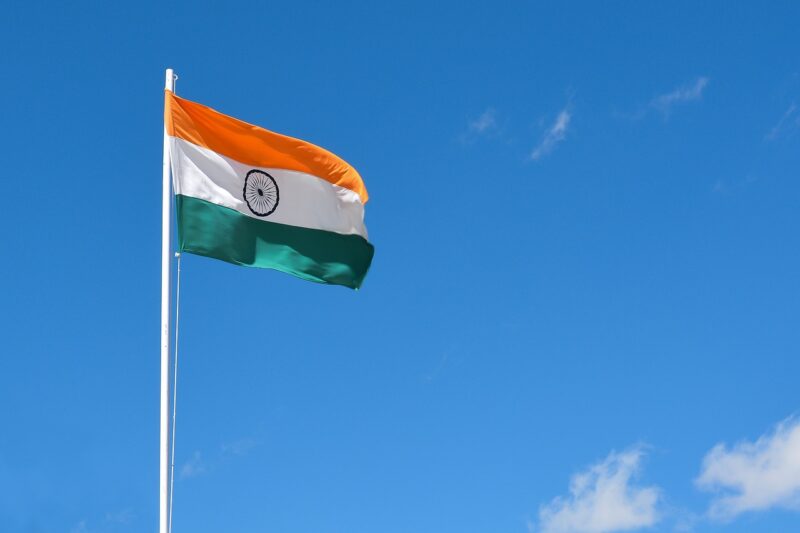How National Flags and Symbols Shape Political Identity and Unity
November 16, 2024

National flags and symbols serve as powerful representations of a country’s identity, culture, and values. They evoke emotions, foster unity, and can even shape political identities among citizens. In this article, we will delve into the significant role that flags and symbols play in forging national unity and the multifaceted political implications they hold across the globe.
1. The Importance of National Flags
National flags are often regarded as the most potent emblem of a nation. They encapsulate the history, culture, and values of a country in a single piece of fabric. The design, color, and symbols used in a flag carry deep-rooted meanings that resonate with the citizens, fostering a sense of pride and belonging.
Flags serve multiple purposes:
- Representation: Flags represent the country on national and international platforms, such as the United Nations or during sporting events.
- Symbolism: Colors and symbols in flags often reflect the nation’s history. For example, the red, white, and blue of the American flag symbolize valor, purity, and justice, respectively.
- Civic Unity: National flags unite citizens, giving them a common identity, particularly during celebrations, memorials, or sporting events.
The unifying factor of flags elevates them beyond mere decoration; they act as rallying points during national crises or celebrations.
2. Historical Contexts of Flags
To understand the political significance of national flags, it is essential to explore their historical context. Many flags have evolved over time, often reflecting tumultuous historical changes such as wars, revolutions, and shifts in governmental structure.
– For example, the flag of France has undergone numerous iterations as its governance changed from monarchy to republic. The current tricolor flag symbolizes liberty, equality, and fraternity, aligning with the values of the French Revolution.
– Similarly, the flag of South Africa, with its unique design post-Apartheid, reflects the country’s journey from division towards unity, showcasing diversity while promoting the idea of a new, inclusive South Africa.
Flags, thus, not only signify a nation’s values but also act as historical documents, encapsulating pivotal moments in a nation’s development.
3. National Symbols: More than Just Flags
Beyond flags, many countries boast a range of national symbols—from anthems to seals—each imbued with meaning. This section examines notable symbols and their roles in political identity.
National Anthems
National anthems are musical representations of a country’s spirit. They are played during national events and evoke pride and unity. The emotional resonance of anthems, like “O Say Can You See” for the United States or “Advance Australia Fair” for Australia, is crucial in events such as sporting competitions, invoking national pride.
Coats of Arms
Coats of arms or national seals are formal symbols that encapsulate the sovereignty of a nation. They often appear on government documents and currency, reinforcing the authority of the state. For instance, the United Kingdom’s lion and unicorn signify strength and unity, essential for the monarchy’s image.
4. Flags and Symbols in Modern Political Movements
In modern politics, flags and symbols are frequently employed in movements. Political entities utilize them to articulate identities and rally support. The rise of protest movements worldwide has often centered around particular symbols.
– During the Black Lives Matter movement, the raised fist became a symbol of resistance against systemic racism, reminiscent of the civil rights movement’s emblematic symbols.
– In Hong Kong, the flying of a unique flag during protests signified the longing for democracy, illustrating how flags evolve to represent contemporary political struggles.
Flags and symbols thus morph with societal sentiments, serving as tools for expression and activism.
5. The Psychological Symbolism of Flags
Psychologically, flags evoke feelings of loyalty and national pride, which can be harnessed by political movements to foster unity among citizens. This section uncovers psychological theories that explain why flags enhance political identity:
– Social Identity Theory: This theory posits that individuals derive part of their self-concept from their membership in social groups, including nationality. A flag becomes a signal of that group identity, enhancing allegiance.
– Emotional Resonance: Flags often elicit emotional responses tied to memories of national history, fostering a sense of belonging that politicians can leverage to promote national unity or invoke patriotism during elections or crises.
The interplay between flags and psychology underlines the importance of symbols in forming a cohesive political identity.
6. Conclusion: Flags and Identity in a Globalized World
As the world becomes increasingly globalized, the role of national flags and symbols becomes ever more complex. Flags serve as both sources of pride and symbols of division; they can promote unity or incite nationalistic fervor that may lead to exclusionary practices.
In examining how flags and symbols shape political identity, it’s vital for nations to recognize their potential to unite or divide. Fostering an understanding of national symbols that honors diversity can pave the way toward an inclusive society. As we navigate a globally connected future, the challenge remains in celebrating unique identities while embracing a broader international community.
Ultimately, national flags and symbols will continue to play an essential role in shaping political identity, unity, and the collective consciousness of nations for generations to come.







